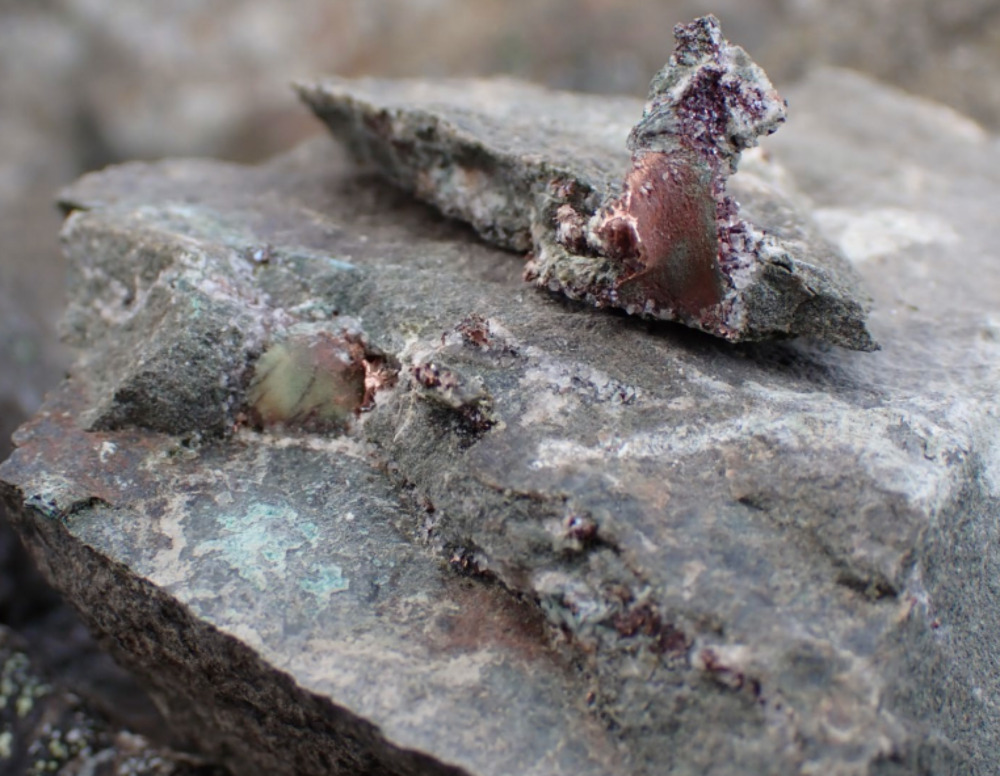White Cliff Minerals wraps up exploration at Canadian projects ahead of assays and drilling

Further exploration is being planned to include an upcoming drilling campaign at Great Bear where multiple areas remain untapped. Pic: Getty Images
- White Cliff Minerals finishes Canadian summer exploration programs at Great Bear Lake and Nunavut-Rae
- New discoveries at Great Bear include the Glacier prospect, a large outcropping IOCG mineralised system identified over more than 1,100m of strike
- Assays expected over the coming weeks with drilling plans to be finalised
Special Report: WCN’s Phase 1 work programs at the Great Bear and Rae projects have completed on time and on budget with priority targets defined for drilling later in September.
White Cliff Minerals (ASX:WCN) has been carrying out maiden field programs at the Great Bear Lake and Nunavut-Rae projects to confirm decades-old historical state survey results and extend the observable strike of each.
Both projects are in Canada’s north with Great Bear Lake situated in the country’s Northwest Territories and Nunavut-Rae in Canada’s newest province, Nunavut, within the historical Coppermine area that was first staked in 1929.
WCN acquired most of the best ground in the Nunavut-Coppermine area last year ahead of a land rush that has since taken place on adjoining licences in the past six months.
At Great Bear Lake, WCN’s team of geologists has been validating historical work to get a clearer picture of scalability via a review of rock chip results that returned up to 14.15% uranium oxide, 6.22g/t gold and 122g/t silver in certain areas.
Four IOCG systems at Great Bear Lake
WCN has now identified four separate iron oxide copper gold (IOCG) systems at Great Bear Lake alongside the observation of vast visual copper mineralisation.

The newly defined Cleaver target is host to widespread and fresh chalcopyrite mineralisation covering an area of 785m x 460m including uranium recordings of up to 4,000 counts per second within earthy hematite structures.
At Glacier, strong potassic alteration has been confirmed over more than 1,100m of identified strike length while historic mineralisation has been confirmed at Thompson and Spud Bay, with visible uranium and cobalt observed with ~700m of mineralised outcrop sampled.
WCN notes that more than 175 samples have been collected from the wider Great Bear Lake project area with follow-up campaigns prepared across Sloan Mariner and Doghead for Q3.
Widespread copper mineralisation at Nunavut-Rae
Meanwhile, multiple styles of copper mineralisation have been observed at the Nunavut-Rae project with follow-up sampling extending the strike length at the Halo system to more than 800m.
So far, around 100 samples have been collected at Nunavut-Rae with evidence of sedimentary-hosted copper mineralisation at both the CALMAL and HALO targets as well as widespread native copper mineralisation at Kilauea.

Assays expected over next two months
“A safe and successful program has been delivered at both of our highly prospective Canadian projects from a standing start in February,” WCN managing director Troy Whittaker says.
“All objectives were completed in Phase 1 for 2024 with all historically identified mineralisation across the projects being extended laterally, highlighting the scale potential at Great Bear and Rae.
“What we are seeing here is only the beginning at Great Bear. This area is still untapped with several further high priority and highly prospective areas yet to be visited as part of the next onsite campaigns in the coming months.
“Over the next two months, we expect assays and the finalisation of drilling plans for Great Bear subject to ongoing permitting requirements.
“Receipt of assays and geophysics from both projects will strengthen our understanding and confidence for the upcoming drilling campaign.”
This article was developed in collaboration with White Cliff Minerals, a Stockhead advertiser at the time of publishing.
This article does not constitute financial product advice. You should consider obtaining independent advice before making any financial decisions.

UNLOCK INSIGHTS
Discover the untold stories of emerging ASX stocks.
Daily news and expert analysis, it's free to subscribe.
By proceeding, you confirm you understand that we handle personal information in accordance with our Privacy Policy.








